New Scientist covers the latest developments in science and technology that will impact your world. New Scientist employs and commissions the best writers in their fields from all over the world. Our editorial team provide cutting-edge news, award-winning features and reports, written in concise and clear language that puts discoveries and advances in the context of everyday life today and in the future.
Elsewhere on New Scientist
Lifting the lid on AI • Transparency will be key to regulating the new technology
New Scientist
Californian superbloom
Mission to explore Jupiter’s ocean moons launches
New ecological niche in the Great Pacific Garbage Patch
Why apes began to walk upright • Forests in eastern Africa started turning to grassland 10 million years earlier than we thought, which may have driven the evolution of upright apes, finds Michael Le Page
Sunflower pollen may help clear bee guts of parasites
What actually is artificial intelligence?
An intellectual leap • There is no doubt that the latest advances in artificial intelligence are more impressive than what came before, but are we in just another bubble of AI hype? Jeremy Hsu reports
What is a neural network?
A timeline of AI • Some of the most important moments in the history of artificial intelligence so far (and a few predictions)
Why is ChatGPT so good?
Are generative AIs conscious?
Will AI ever be truly intelligent?
Field notes A quantum lab in New York City • An unhackable quantum internet Entangled photons of light are beeing sent under the noisy streets of New York to test a prototype network, reports Karmela Padavic-Callaghan
Tadpoles that sense prey in the water hatch ready to hunt
Graphene shows record-breaking magnetic properties
Skates evolved their huge wings thanks to genome origami
Emissions from electricity generation may have peaked
The best way to make a playground swing go higher
Bone fragment reveals humans wore leather clothes 39,000 years ago
How anacondas perform a weird, twisting lunge
Robot learns how to avoid butter fingers
Seahorse’s power move is explained
Europe to be a hotspot for droughts that take hold fast
Really brief
Facing AI extinction • Why do many of today’s artificial intelligence researchers dismiss the potential risks to humanity, asks David Krueger
Wild Wild Life • Blooming marvellous Orchids seem unique in how they inspire such a devoted following, but why are there so many species of these much-loved plants, wonders Penny Sarchet
World on show
Your letters
Neuro nightmares ahead • How will we find a way through the new minefield of brain tracking and hacking? Simon Ings reads an excellent, if deeply troubling, guide
A world in need of kelp • Seaweed could feed the world, replace plastic and slash carbon emissions. Chris Simms trawls the evidence
Don’t miss
The TV column • The power of two Reimagining a cult psychological thriller like Dead Ringers is a seriously tough ask. Amazingly, a six-parter starring Rachel Weisz as twin gynaecologists is a standalone triumph, says Bethan Ackerley
Better out than in? • Indoor air can be as dirty as a city street at rush hour. But making a few simple changes at home can help reduce the risks to health, says Graham Lawton
SHOULD I BUY AN INDOOR AIR QUALITY MONITOR?
As tricky as • We know how young minds learn to read, so why are so many children failing to master this essential skill, asks Colin Barras
Raising a reader • Here are four expert tips on what parents and caregivers can do to help prepare young children to learn to read
“Are AIs doing something like...
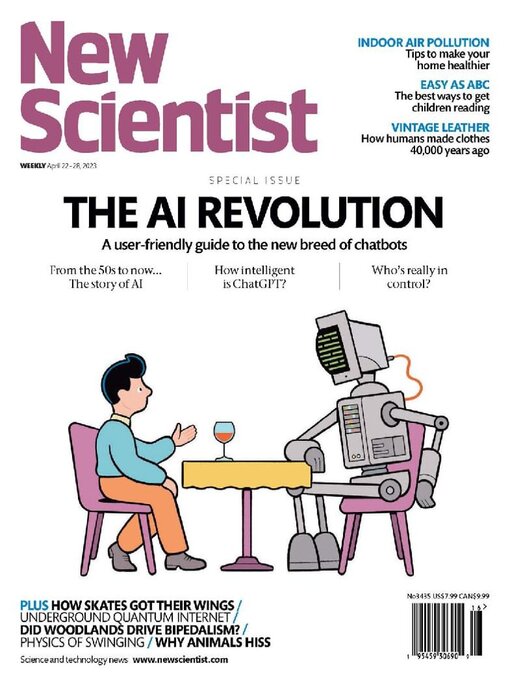
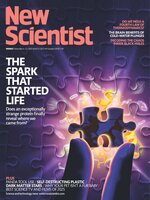 Dec 06 2025
Dec 06 2025
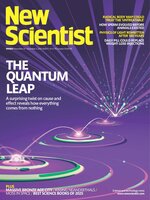 Nov 29 2025
Nov 29 2025
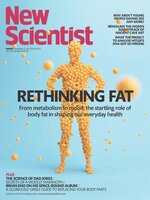 Nov 22 2025
Nov 22 2025
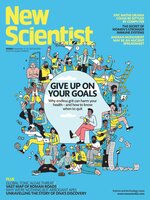 Nov 15 2025
Nov 15 2025
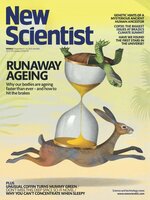 Nov 08 2025
Nov 08 2025
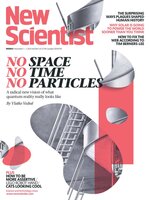 Nov 01 2025
Nov 01 2025
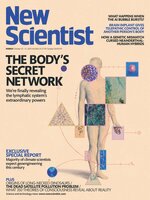 Oct 25 2025
Oct 25 2025
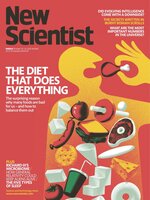 Oct 18 2025
Oct 18 2025
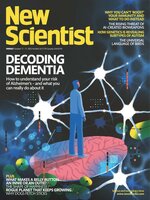 Oct 11 2025
Oct 11 2025
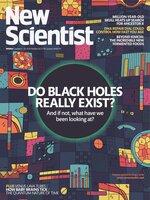 Oct 04 2025
Oct 04 2025
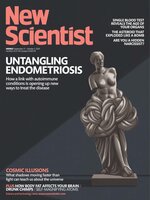 Sep 27 2025
Sep 27 2025
 Sep 20 2025
Sep 20 2025
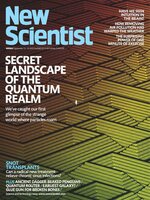 Sep 13 2025
Sep 13 2025
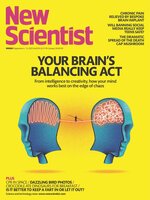 Sep 06 2025
Sep 06 2025
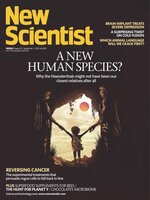 Aug 30 2025
Aug 30 2025
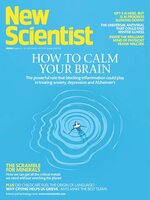 Aug 23 2025
Aug 23 2025
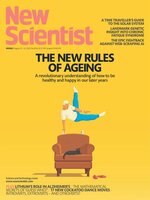 Aug 16 2025
Aug 16 2025
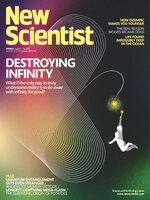 Aug 09 2025
Aug 09 2025
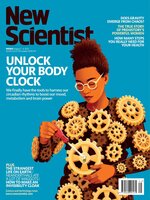 Aug 02 2025
Aug 02 2025
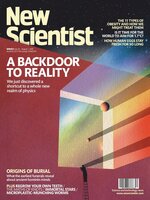 Jul 26 2025
Jul 26 2025
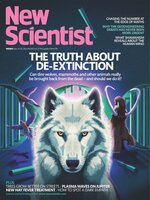 Jul 19 2025
Jul 19 2025
 Jul 12 2025
Jul 12 2025
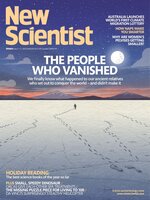 Jul 05 2025
Jul 05 2025
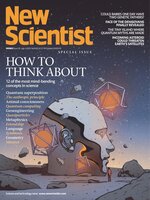 Jun 28 2025
Jun 28 2025